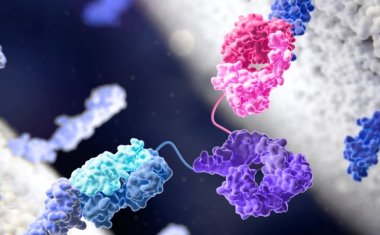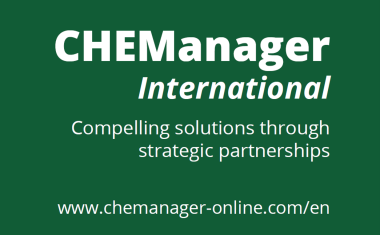Invista-Solvay JV Retrofits PA 6.6 Plant in France
French polyamide 6.6 producer Butachemie, a 50:50 joint venture of U.S. nylon specialist Invista and Belgian specialty chemicals producer Solvay, plans to retrofit production facilities at Chalampé, France, with the U.S. group's latest technology for ADN feedstock.
The retrofit will "dramatically increase the plant's efficiency," said Warren Primeaux, president of Invista Intermediates. Jean-Pierre Clamadieu, CEO of Solvay, said "the agreement gives us long term visibility for our joint activity and will allow Solvay's Polyamide & Intermediates global business unit to improve its competitiveness. Moreover, it provides more flexibility for our mid-term strategic development."
The Solvay CEO added that the company also has secured an option to reserve capacity in the new ADN plant Invista plans to build as part of a larger nylon complex in Shanghai, China
Pivotal to the upgrade was the clarification of technology ownership. Invista, which bought the business from DuPont in 2004 and was subsequently sued by the chemical giant for violating intellectual property, settled the dispute in 2010. The companies did not disclose any other technology issues.
Butachemie claims to be world's largest ADN producer. At the French site, PA 6.6 polymer is processed at into fibres and polymers.
















